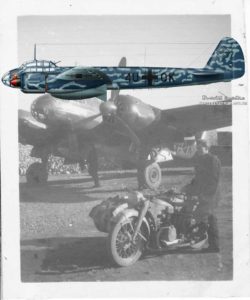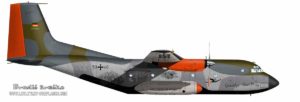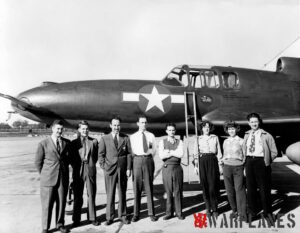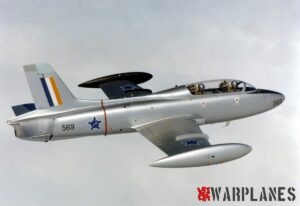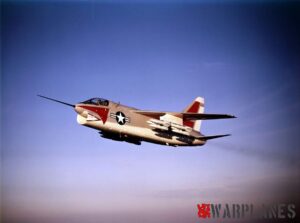OV-10 Bronco No. 155471
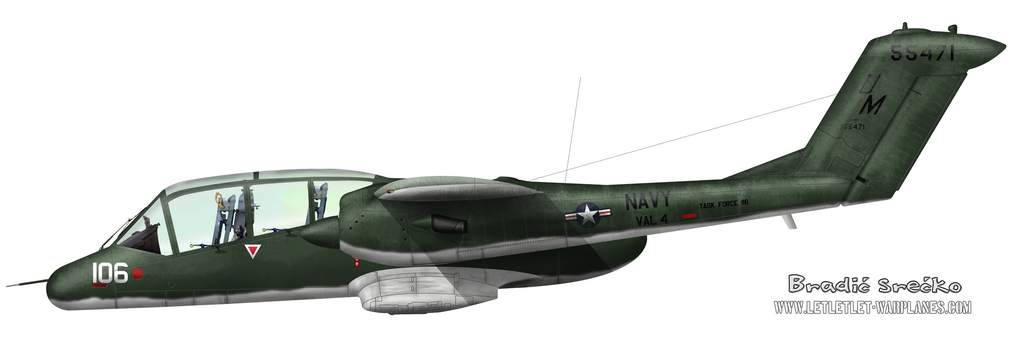
OV-10 Bronco was most hated aircraft in the river Mekong valley. Its appearance clearly indicate that some artillery or aviation attack come so peasant who lived in area do had a reason for absolute negative stand about it. Bronco was forward air control airplane and this mean flying over and behind enemy lines, spot targets, attack em and giving direction to attack. Its designation mean that, O for Observation and V for flying command site (do not mess it with Vertical, what indicate helicopters, those who vertical take of).

Airplane presented here is OV-10 Bronco from VAL-4 unit. Light Attack Squadron Four (VAL-4) came into official existence on Friday, January 3, 1969. Bureau numbers of current VAL-4 aircraft are: 155460, 155461, 155462, 155463, 155470, 155471, 155472, 155473, 155474, 155475. During the operational training North Islands, unit received additional airplanes. With two additional aircraft (BuNo 155494 and 155495) delivered by the end of January 1969, unit had fourteen aircrafts. Fourteen aircraft were deployed to MCAS Yuma on Sunday February 2 1969. for a two-week period of weapons training. Two aircraft were left at Naval Air Station, North Island and one new aircraft (BuNo 155497) was delivered at North Island and this give total of 17 Bronco’s aircraft assigned to VAL-4. Squadron personnel and the four civilian representatives departed from Naval Air Station, North Island shortly after midnight on Monday, March 24, 1969, and arrived in Saigon on Monday afternoon, local time. After a five-hour delay, the personnel were airlifted into Binh Thuy by USAF C-130 aircraft. Very soon they start operational missions. Alpha (VNAF Binh Thuy) flights have been armed with Zuni 5-inch rockets and the Mark IV 20mm cannon pod. This combination has provided a tremendous increase in the capability of the Bronco to destroy sampans, hootches, and bunkers – the most common targets. The ordnance configuration of the alert and patrol aircraft at Binh Thuy consists of 12 five-inch rockets, 750 rounds of 20mm ammunition and 2000 rounds of 7.62mm ammunition for the lead aircraft, and the wing aircraft carries 12 five-inch rockets, 38 2.75- inch rockets, and 2000 rounds of 7.62 mm ammunition – plus a flare pod on the centerline station for night patrols.

Data for OV-10A Bronco, subject of the color profiles
BUNO: 155471 156th Bronco Built |•| 82nd Marine OV-10A Side # 106 & 101 Original Aircraft Stationed At Binh Thuy. Received new from the factory, 155471 was rec’d by VS-41 at NAS North Island, California on November 2, 1968 and transferred to VAL-4 on January 16, 1969. Flown to NAS Cubi Point on April 5, 1972 when the squadron was decommissioned. Now N410DF with the California Forestry Department. OV-10A Bronco 155471 is the aircraft whose nose tire was reportedly shot by the VAL-4 Maintenance Officer LCdr. Bill Bartlett for “failure to perform properly” causing Skipper Marty Schuman to bounce this Bronco on the Portable Steel Plate (PSP) runway at Chu Lai while Admiral Zumwalt was riding in the back seat.
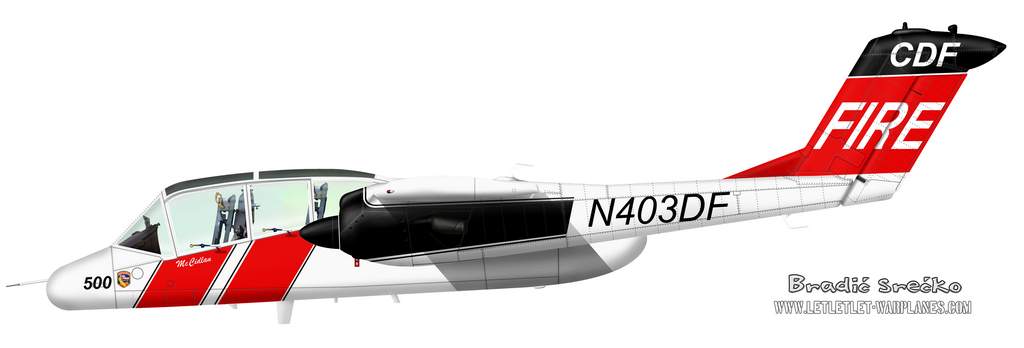
Few words of pilot of no. 106, Dan Sheehan:
“I have found out a little more about 106, after Vietnam. When the squadron was decommissioned in 1972, 106 and the rest of VAL-4’s planes were flown to NAS Cubi Point. Since VAL-4 had borrowed Marine Corps OV-10s, I assume the surviving air frames were returned to the Marines. In 1993, 106 was transferred to the Aerospace Maintenance and Regeneration Center, otherwise known as the Boneyard, where out-of-service aircraft were stored in the Arizona desert. After that, 106 was operated by the California Department of Forestry as N410DF, Cal Fire No A110. Cal Fire operates a number of OV-10s and I believe they are commonly used to guide the larger air tankers on their fire suppression runs. I don’t know if 106 is still there now.”

There was armor plating under the pilots’ seats, but it was limited to preventing small arms penetration. Dan remember that the center panel of the windshield was also supposed to prevent small arms penetration and the fuel tanks were supposed to be self sealing up to .30-caliber fire; but he couldn’t find any mention of that in the flight manual. By his words that is very little protection and you could probably have stuck a #2 lead pencil through the aluminum skin of the plane just about anywhere. Pilots of Bronco joked that overall the Bronco was only “semi bullet retardant.”
Srećko Bradić
All photos- Dan Sheehan

